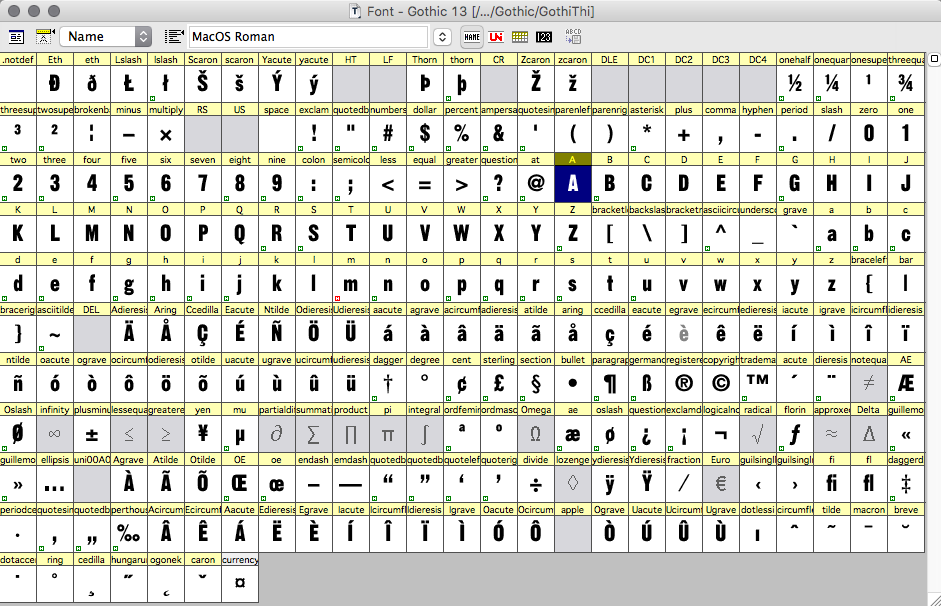I thought they were essentially put together by the text rendering routines of the app or OS.
It depends on what the person creating the font feels like doing. They can choose to fill each position with actual outlines, or can create a glyph as alias links within the font. I know I have quite a few like that, but didn't know how long it would take me to find one, so I created a fake example, as seen next.
The egrave spot appears gray against a white background rather than black. When you see that in FontLab Studio, it means alias links were used to create the glyph by pointing that cell to both the normal e and grave cells. Nothing is really there. Your apps have to understand the links to display the cell how it looks. Not that this is an issue. This type of glyph creation has been in use for decades.

From the source view of this page, the fonts in use by the forums are San Francisco Pro and Myriad Pro.
fonts?family=Myriad+Set+Pro
fonts?families=SF+Pro,v1
There is no SF Pro included with the OS to check for the existence of an X with a macron over it. The example of Myriad Pro I have also has no such character. But that doesn't mean the version Apple is using as a web font doesn't.
I can only assume your code for combining diacritics with another glyph is what's creating it. i.e, you're manually creating a glyph that otherwise doesn't exist in the font.
I honestly don't know how you ever found the time to learn this much about languages, their associated keyboard layouts, and the millions of keystrokes needed to produce xxx. You are phenomenal at it!